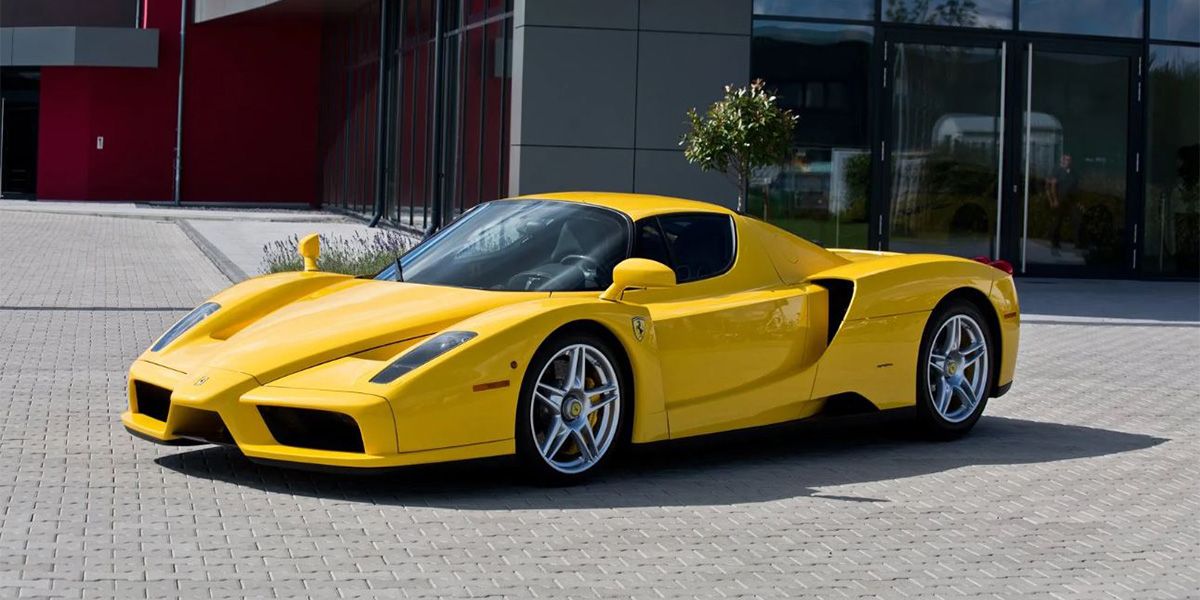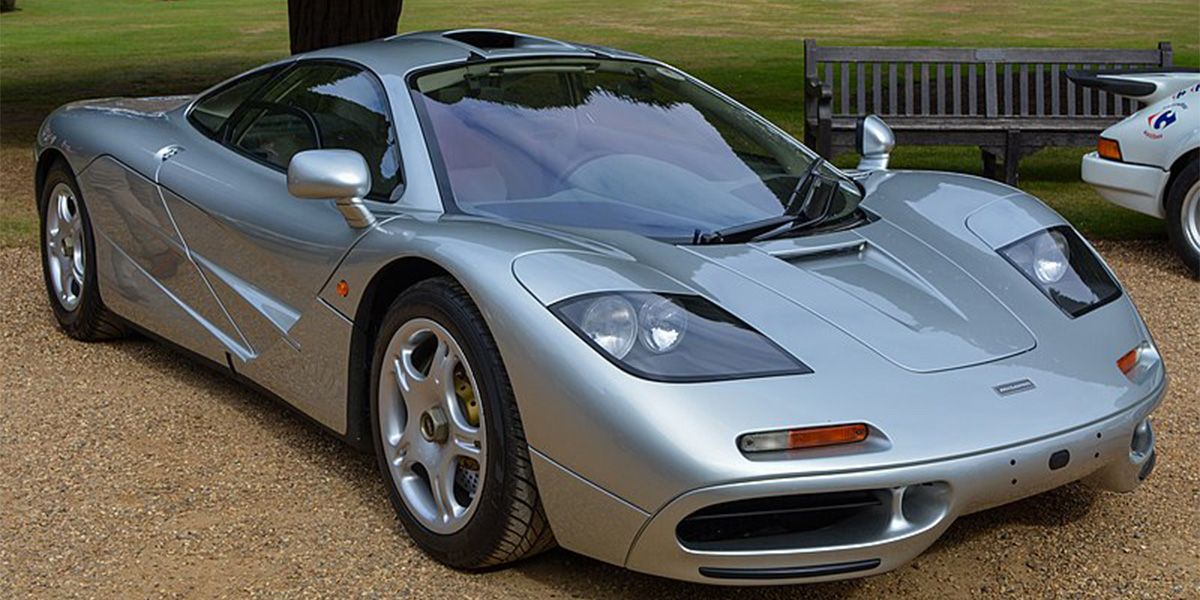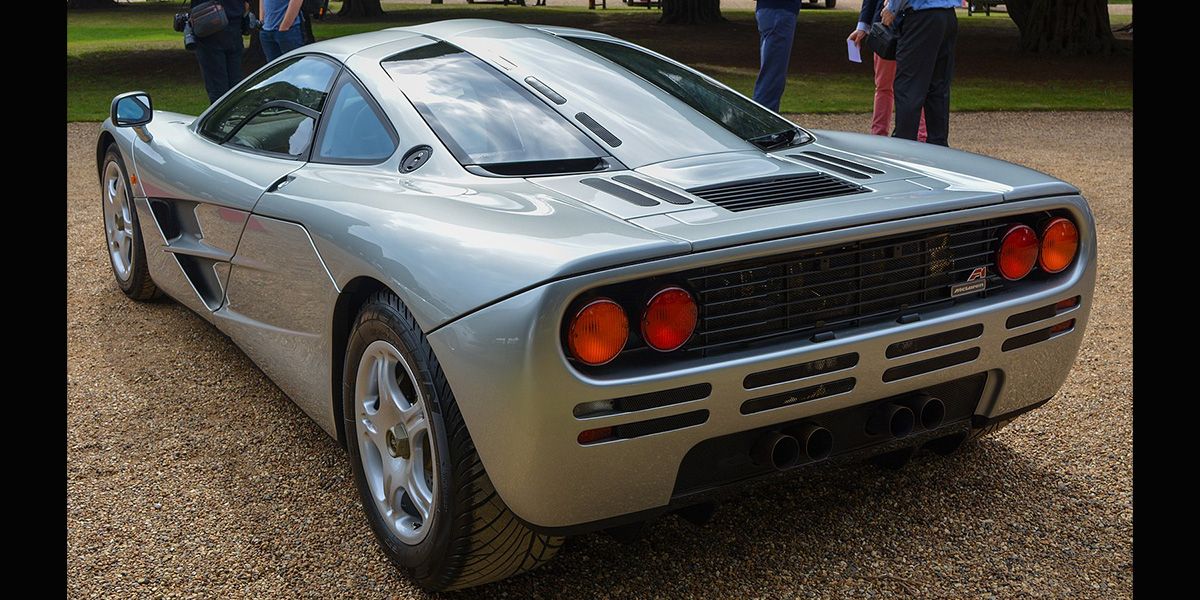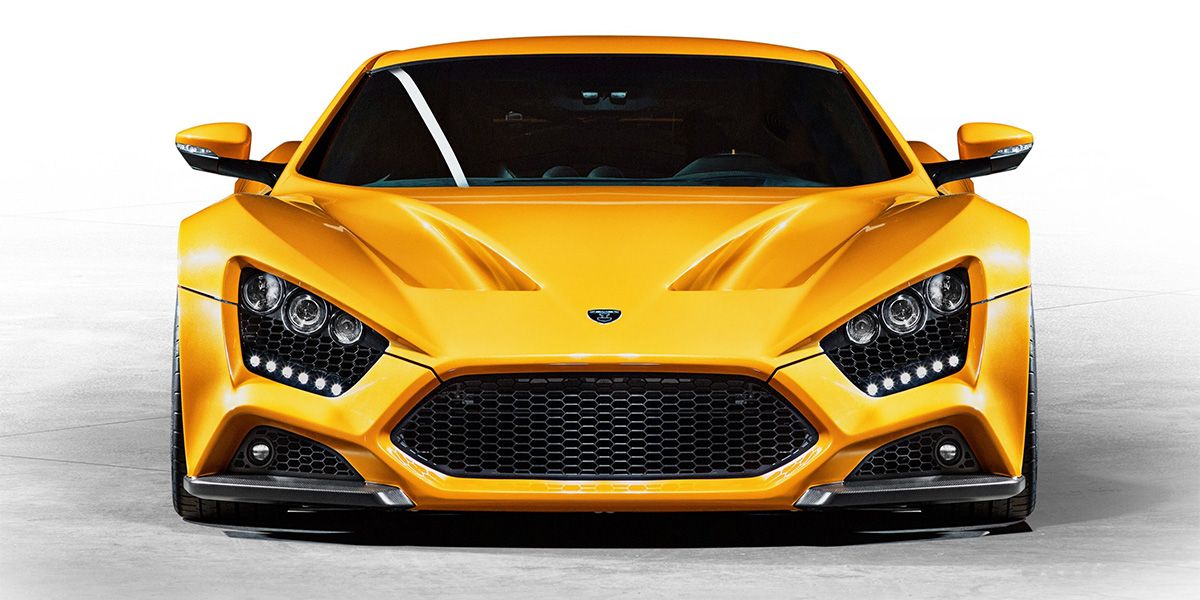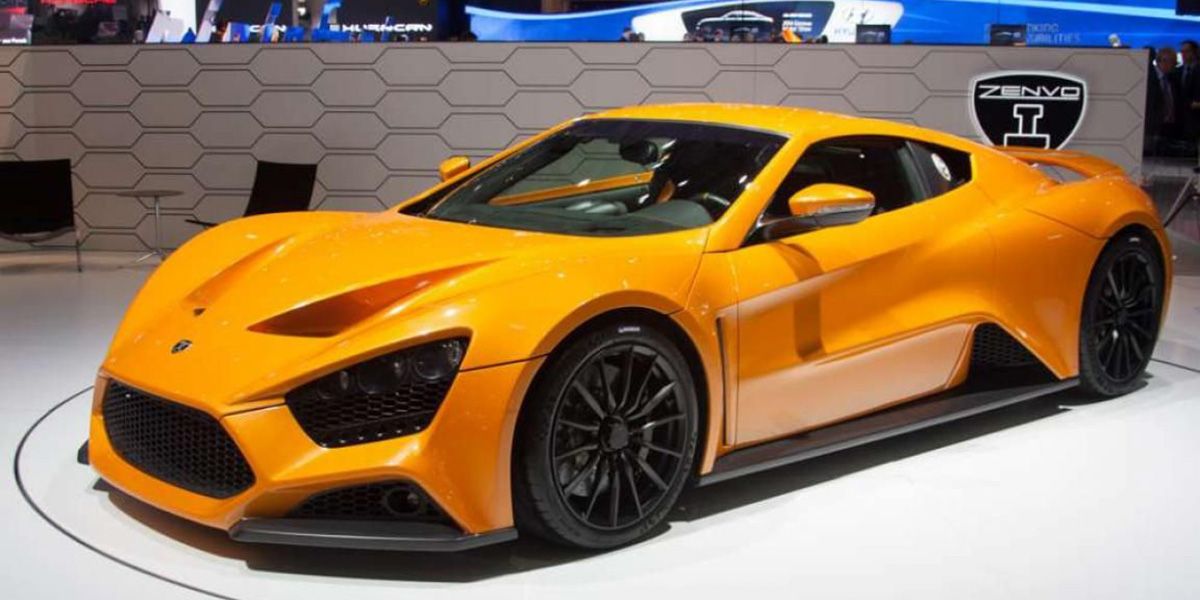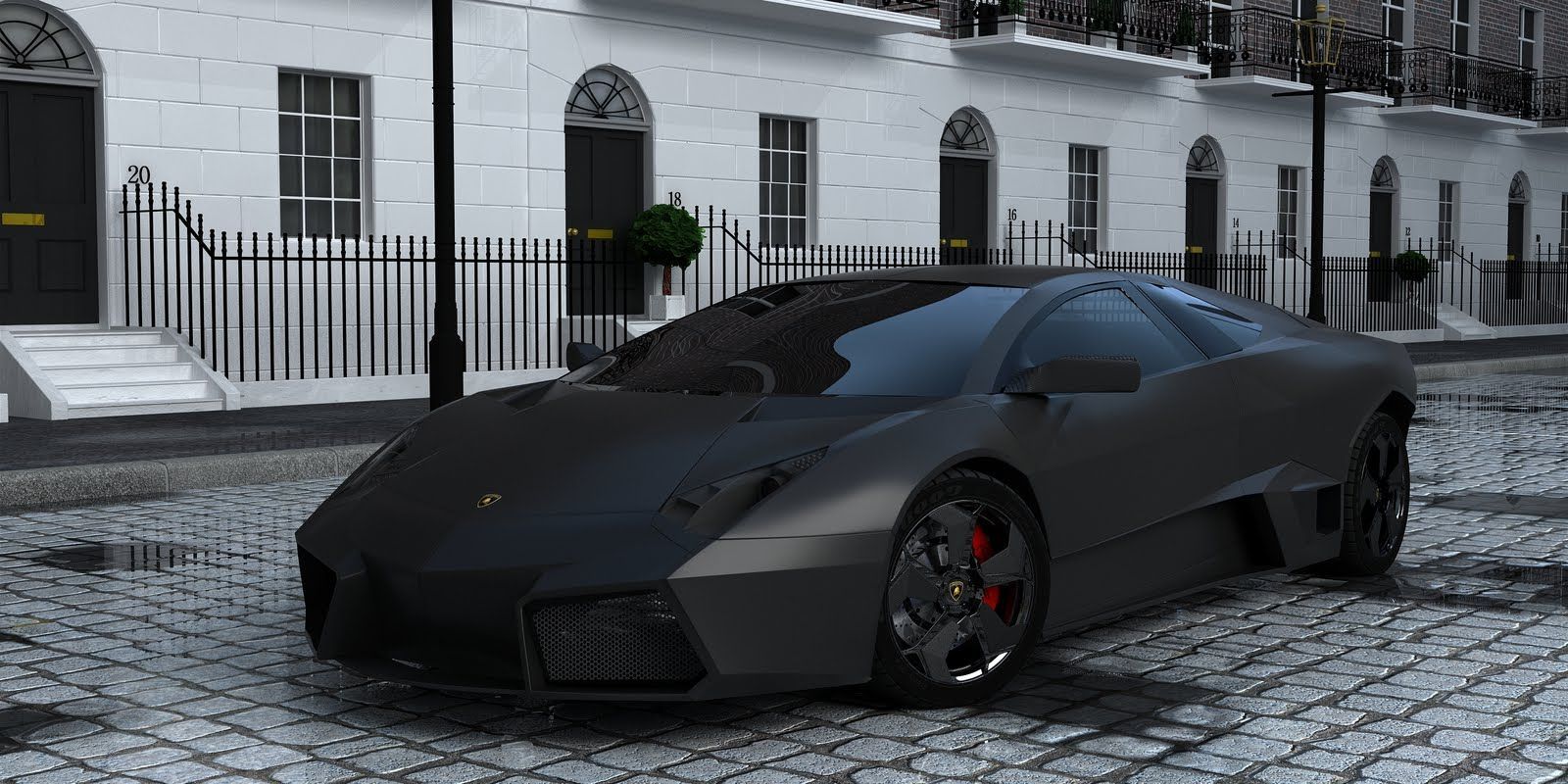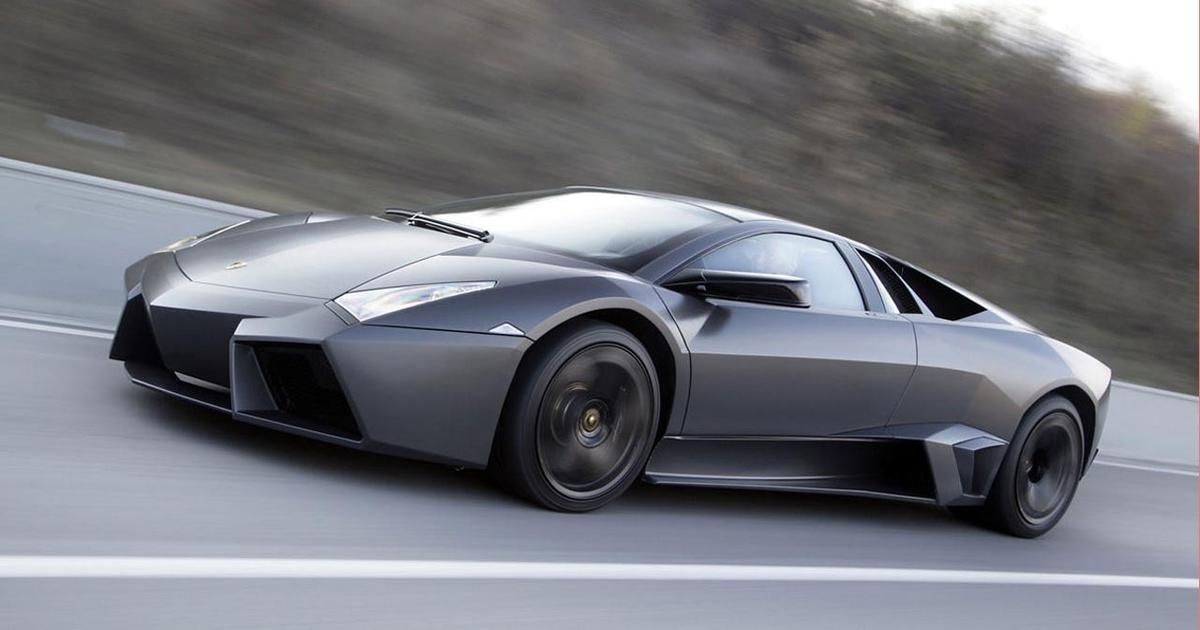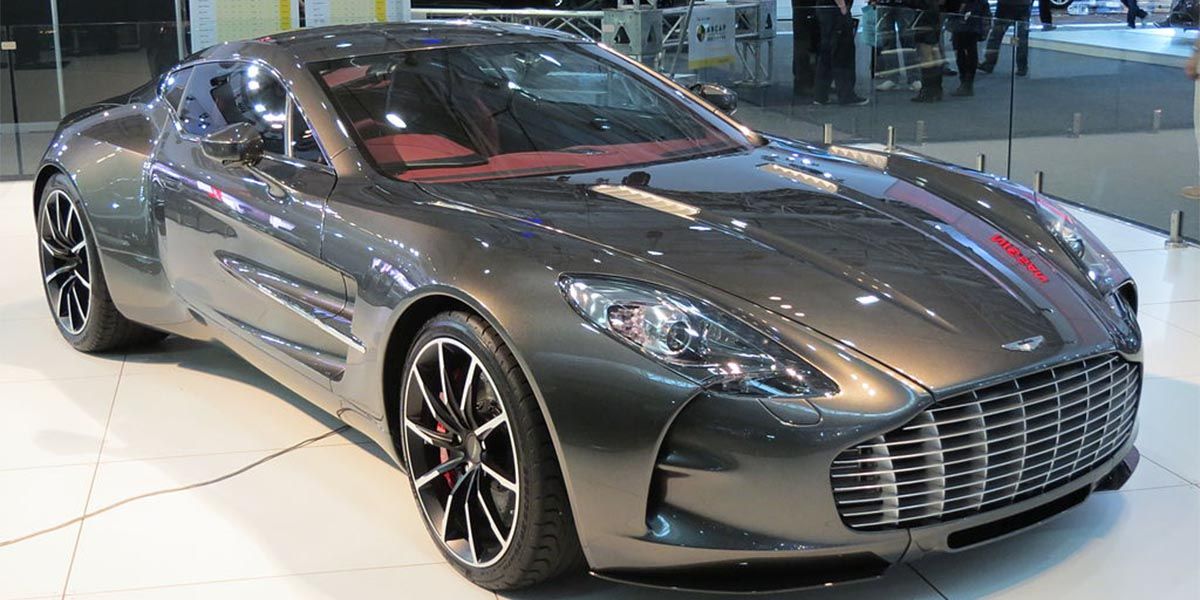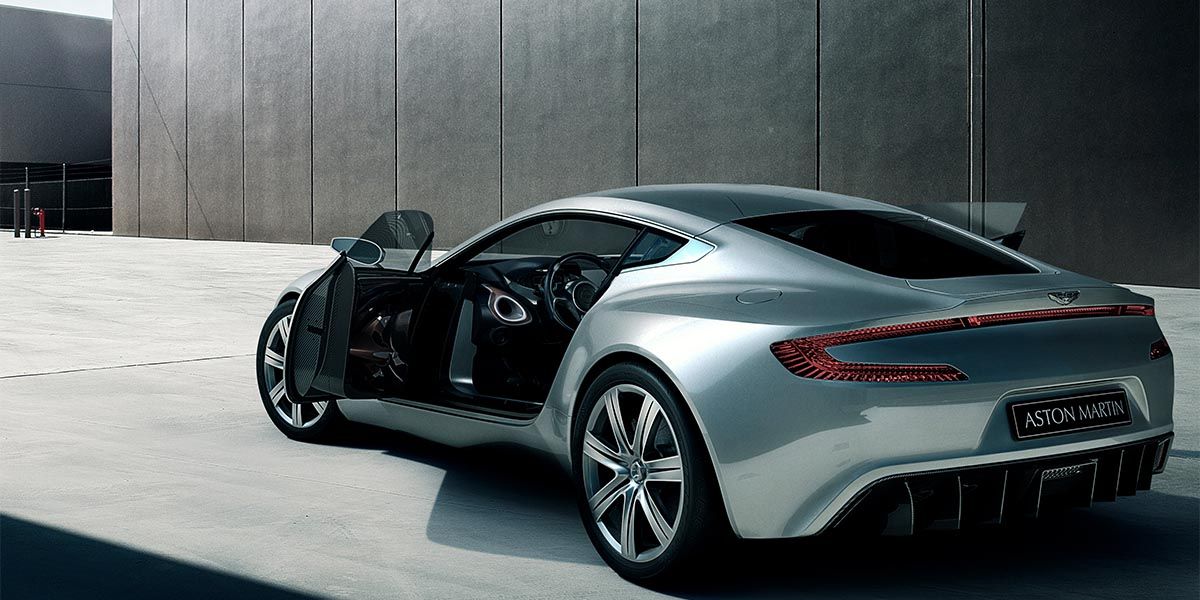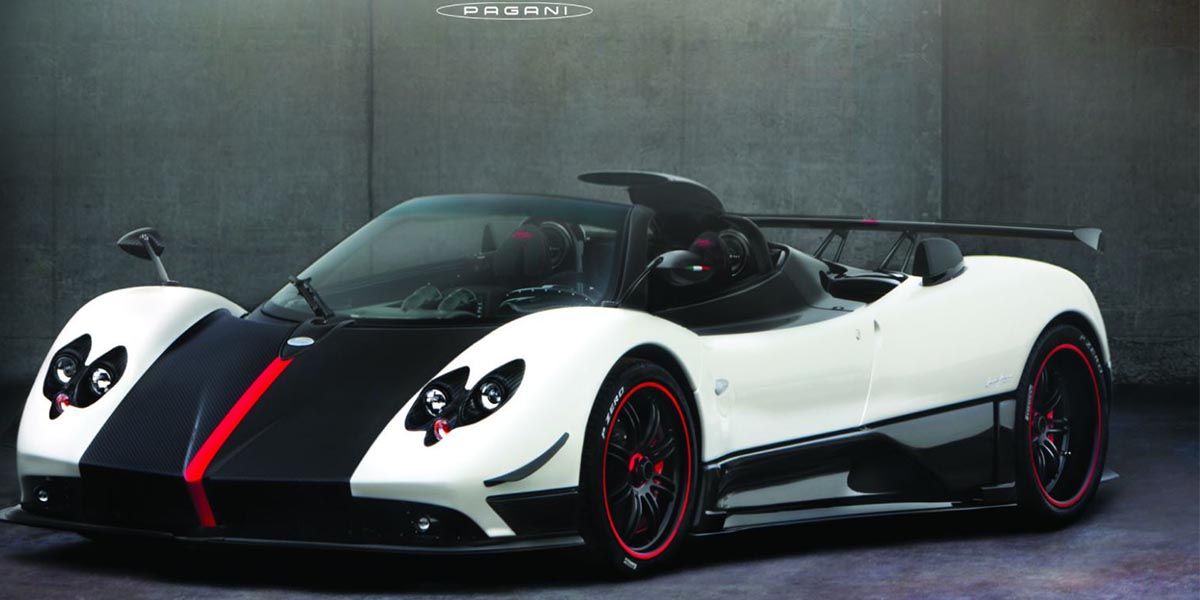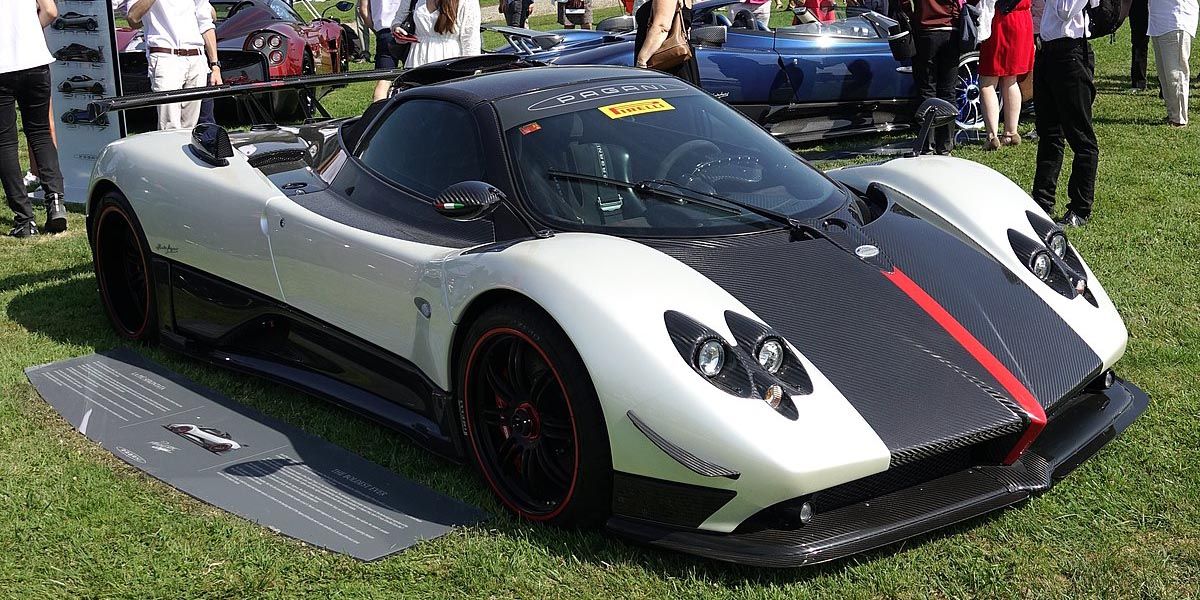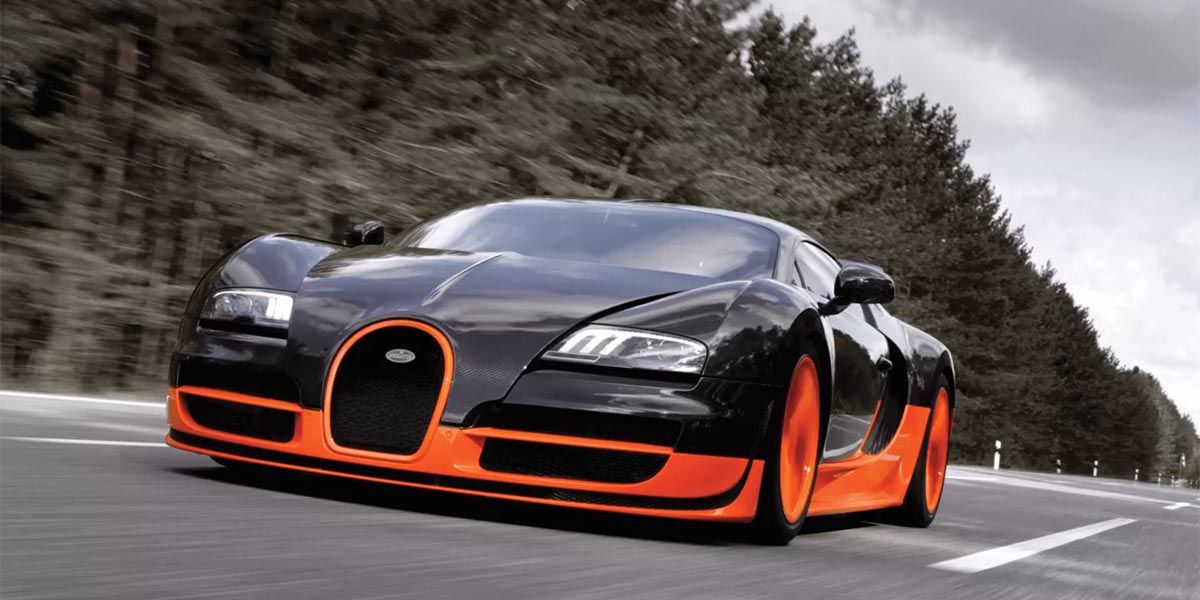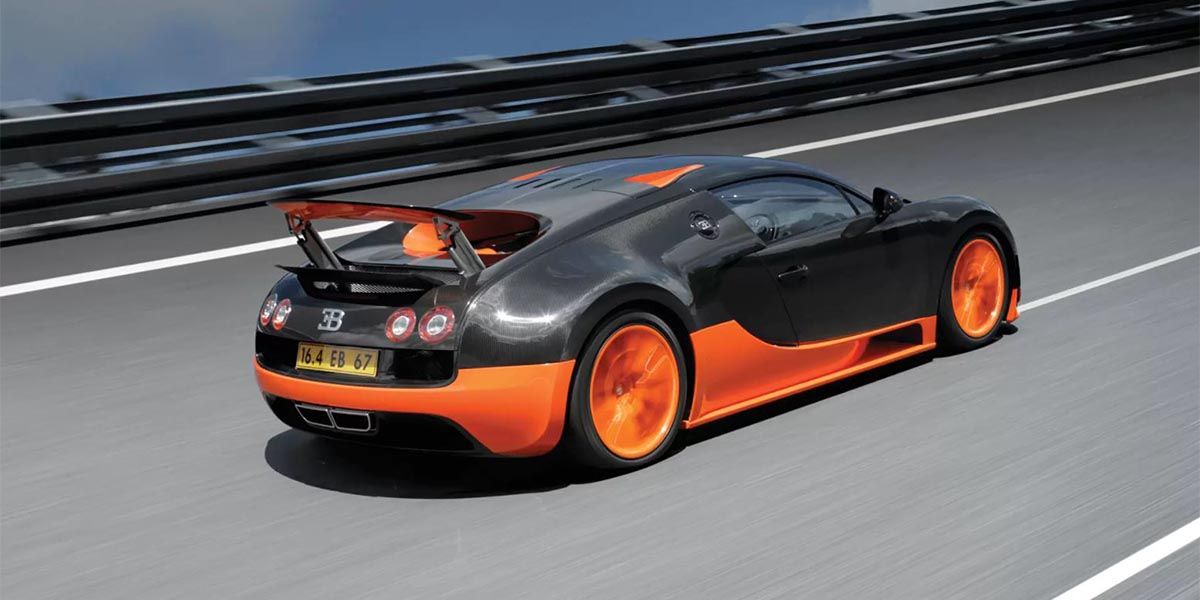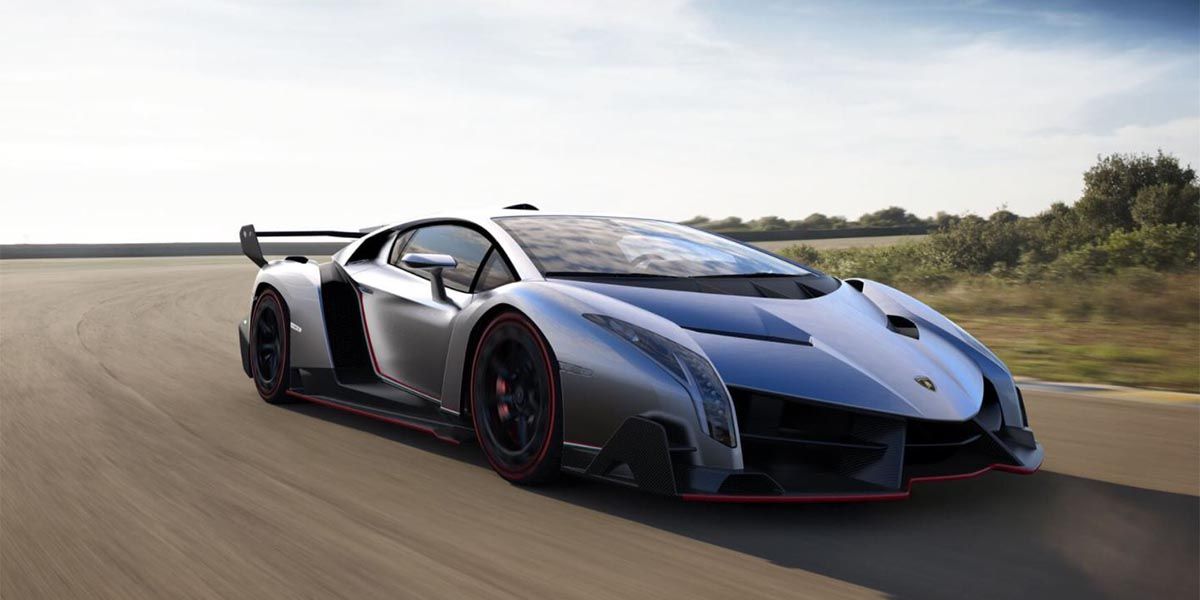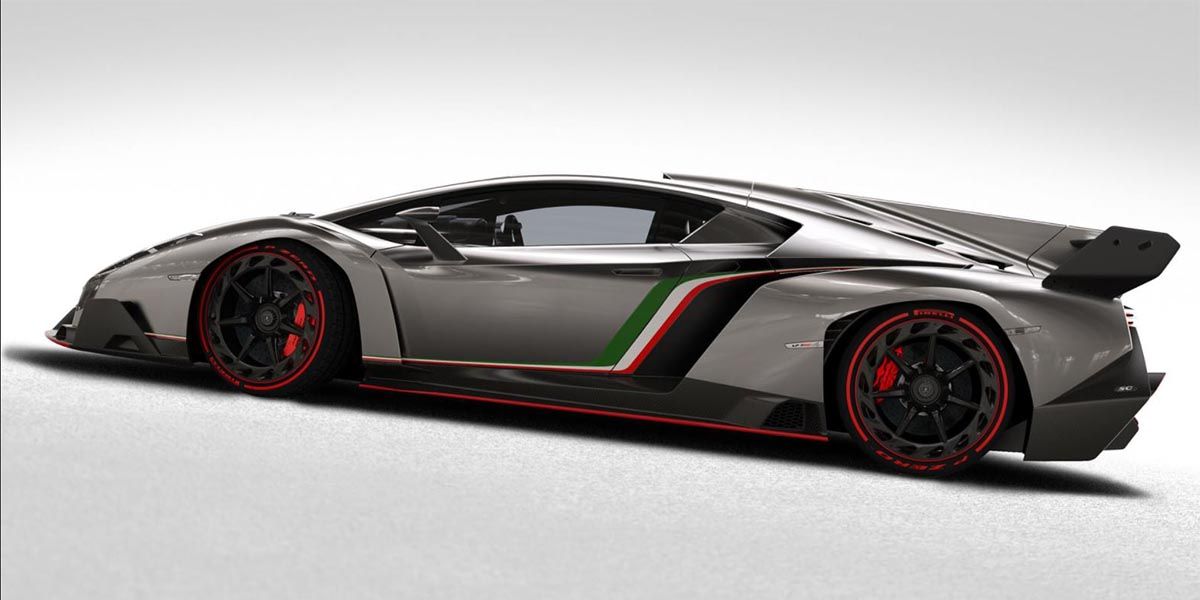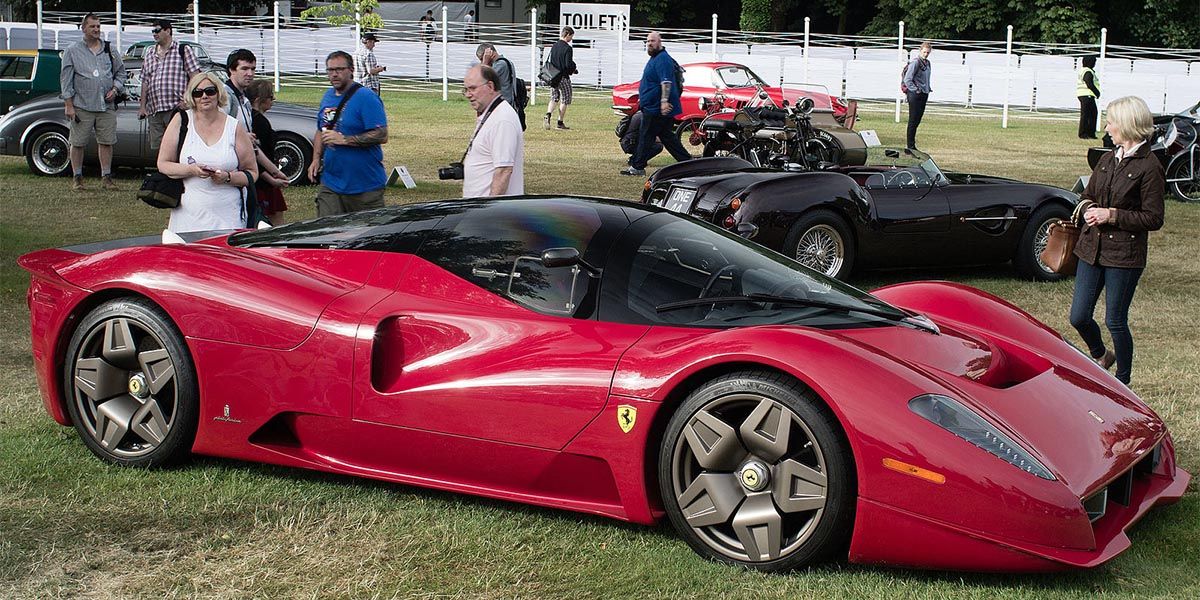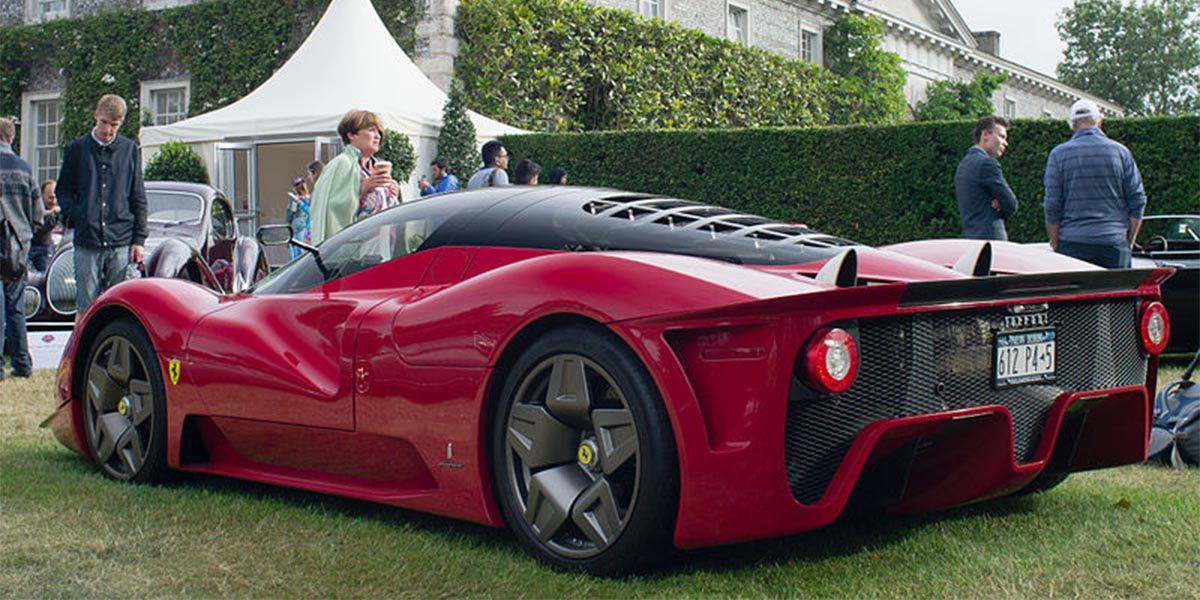On December 1, 1913, Henry Ford introduced the first moving assembly line for mass-producing vehicles and it changed car manufacturing forever. The method has become so good that car manufacturers like Toyota can mass-produce over 7.6 million units while supercar makers like Ferrari push out 8,400 new units/year. As a result, buying many of the ultra-high-performance exotic cars has become much easier. As long as money-is-no-object, most models can easily be bought from high-end cars dealerships.
But buyers aren't similar, some want exclusivity and always go for limited-run production models that might turn out to be future classics. The reason so few units get made is because most of them are handmade. Handcrafting and assembling a car that’s supposed to go north of 200 mph reliably is an expensive thing; that's why these supercars end up costing millions of dollars. Purchasing them is a different ball game altogether and in a league only the super-rich get to play in. One has to have a good buying history (a regular and loyal buyer) to get prioritized by the specific supercar makers. In addition to that, for some of these unique cars built by hand, the buyer is even requested to wire the amount without even seeing a single design. It's no wonder it has to be someone who trusts the company’s products.
These handmade exotic cards turn out spectacularly styled machines. Because of their limited production numbers and uniqueness, when being driven in public, they force smartphones to come out as enthusiasts, and fast car lovers just get wowed. Here are the best 10 hand-made exotic supercars that cost their buyers a fortune to own.
10 Pagani Zonda C12 F - $650,000
Pagani Automobili — the Modena, Italy-based supercar maker — is now a household name, but the car that made them big was the handmade Pagani Zonda C12 F that debuted in 1999. Initially, it was named the Fangio F1 but got renamed to Zonda C12 F after the celebrated F1 driver died in 1995. Only 5 examples got produced making it one of the rarest yet most affordable supercars on this list at $650,000.
The Pagani Zonda C12 F tipped the scales only at 2,755 pounds as it extensively used featherweight carbon fiber and titanium parts. It got its juice from a 6.0-liter Mercedes Benz-sourced V12 engine with a five-speed manual transmission that was capable of 394 hp and 420 pound-feet of torque. These numbers weren’t low as most might think as it was just the start of a new millennium. The Zonda C12 F could scoot to 60mph in only 4.2 seconds and achieve a top speed of around 185 mph.
9 Ferrari Enzo - $700,000
Only 400 of this drop-dead gorgeous, hand-made Ferrari that was boldly named after the company’s founder (Enzo) debuted in 2003. The Enzo was Ferrari’s first-real hypercar and cost $659,000, today buyers have to fork out a cool $2 - $2.8 million for one. It is a stupendously thrilling car that succeeded the rather unsuccessful Ferrari F50. Calling it a hypercar isn’t an overstatement as it used cutting-edge components and technological features (in the 2000s) like a carbon fiber body (for only 3,260lbs of weight), carbon-ceramic brakes, had traction control, and an active aero.
The Ferrari Enzo’s power came from a naturally aspirated 6.0-liter V-12 (651 hp and 485 lb-ft of torque) that was mated to a six-speed transmission which helped owners brutally accelerate it from 0 to 60 in a reported 3.3 seconds. It also allowed them to reach a top speed of 218 mph, many of them did, and untold numbers got destroyed by over-exuberant owners.
8 McLaren F1 - $900,000
The McLaren F1 supercar debuted in 1992 and only had a limited production run that benefitted only 106 buyers. Around the time, McLaren had an incredibly successful Formula 1 team and came up with this idea of making one of the no-compromise supercars that has borrowed technological and design advancements in F1. The result was an extremely compact, lightweight, and efficient road-going machine.
For weight savings, it was made with the world’s first carbon fiber monocoque and over 5000 individual designed parts made of aluminum, magnesium, titanium, and carbon fiber. The formula worked, powered by a 6.1-liter BMW S70/2 naturally-aspirated V12 engine, a 620 horsepower (@ 7400 rpm) monster, it could sprint from 0–60 mph in 3.2 seconds and run on to a stunning 242.96 mph. With such breathtaking performance, it remained the fastest production car until 2012.
7 Zenvo ST1 - $1.25 Million
This Danish supercar was presented to the world in 2010; it had a carbon-fiber bodyshell which resulted in a total curb weight of only 3,500 pounds. Since most of the assembling work got done by hand — they only additionally used a CNC router — the small team in Denmark could only manage to produce 15 cars/year. But the STI was infamous for being unreliable; when Top Gear was shooting a video on it, it caught fire and even had a cooling unit failure.
The hand-piecing and tuning of its 7.0-liter LS7 V8 engine — that was both supercharged and turbocharged — ensured a smooth ride throughout its rev range. Buyers either got a 7-speed F1 paddle shift or six-speed manual transmission. It had 3 engine modes with different power figures; the Normal Mode liberated 650bhp, Sport Mode churned out 850bhp, while its Race Mode could produce 1104bhp. In terms of acceleration and top speed, it could be driven from 0-60 mph in 3 seconds while its claimed top speed was 233mph.
6 Lamborghini Reventon $1.5 million
The Reventon is a mid-engine hand-made sports car that rose to the top of lists of the most expensive Lamborghini road cars when was debuted in 2007. It was a limited production model (20 units for sale). Each was stamped with its number from 1 to 20 between the driver's and passenger's seats. Its visually stunning design was heavily inspired by an F-22A Raptor combat jet. The outrageous bodywork turned out to be such a success, that some of its styling DNA got copied in future Lambo models that came out later like the Aventador.
To achieve a curb weight of only 3,671 lbs. the body was made from carbon fiber. Also, its black-painted aluminum wheels used carbon blades as spokes. Reventon means "burst" in Spanish, and it's no surprise this supercar could do so from a standstill to 60 mph in a mere 3.4 seconds. With its throttle floored, the highest speed ever recorded was 221 mph. These figures were made possible by a 6.5-liter V12 churning out 650-hp, that was either mated to an E-Gear automatic or six-speed manual transmission
5 Aston Martin One-77 - $1.5 Million
Once in a while, higher-ups and engineers at Aston Martin come up with ideas to make limited production money-is-no-object and racing-inspired supercars like the insane and super rare Aston Martin Valkyrie. In 2008, the Aston Martin One-77 which — an outrageously expensive supercar — was a similar project. Its name indicated the number of cars produced - only 77. First delivered in 2011, this hand-made sports car sported a carbon monocoque fitted on an aluminum chassis, bespoke lights, wheels, doors, and a stainless-steel lightweight sports exhaust system.
Under its elongated hood lay a 7.3-liter AM Cosworth V12 engine that used no form of forced induction mated to a 6-speed automated manual transmission. Both ensured 0 - 62 mph took less than 3.7 seconds. The powerplant was also capable of other figures that spoke for themselves like; 700 horsepower, 553 pound-feet of torque, and a 220 mph top speed.
4 Pagani Zonda Cinque - $2 Million
The Zonda Cinque Roadster is another very exquisite but scarce fully-blown hypercar that was mostly built by hand. The Cinque part of its name — which is Italian for 5 — indicated the number of units produced. This roadster is the last version of the Zonda supercar and used proprietary Pagani carbon-titanium fiber. The Italian company claims the material is lighter (resulting in only 2662 lbs. weight) and more robust compared to regular carbon fiber.
Its Mercedes AMG-sourced 7.3-liter naturally aspirated V12 is mated to a 6-speed robotized multi-program sequential transmission. The engine outputs 678bhp and is capable of 575 lb.-ft of torque at 4000rpm. When it comes to performance numbers, the Zonda Cinque Roadster can reach 60 mph in a mere 3.4 seconds and a top speed of 217 mph.
3 Bugatti Veyron Super Sport - $2.4 Million
The Veyron Super Sport is a supercar that built on what its Italian manufacturer learned about the Veyron. It can accelerate from 0 -60 in a mind-blowing 2.5 seconds and run on to a 268-mph top speed. The Veyron Super Sport power comes from a W16 8-liter quad-turbocharged engine, that has enlarged intercoolers and turbochargers which ensure 1200 horsepower and 1106 pound-feet of torque is possible.
For safety reasons, its top speed was limited to 258mph as its special Michelin tires ($42,000) could only last 15 minutes at that speed. At the same time, its 26.4-gallon tank only took 10 minutes to get sucked dry. All its body panels were made of carbon fiber which gave it an unladen weight of 4162 lbs. Because only 2 units could be carefully hand-assembled each week, only 48 lucky buyers got it. Each had its gas cap personalized with the owner’s initials instead of Ettore Bugatti’s.
2 Lamborghini Veneno - $3.9 Million
Lamborghini’s aggressive design language of using angled panels and sharp-edged fins gave the world a unique hand-made, light, sleek car with a 740-horsepower V12 engine capable of 509 lb-ft of torque at 5,500 rpm called the Veneno. Introduced in 2013, it was made to celebrate Lamborghini's 50th anniversary with a limited run of only 9 roadsters and an extra for factory testing.
The Veneno's monocoque chassis is fully made of carbon fiber, while the front and rear subframe used aluminum. Inside is a high-tech interior with a carbon-fiber dash, a large screen, and hand-stitched Italian leather wraps. It can do 220mph, accelerate from 0–60 mph in only 2.8 seconds, and produce 1.41 G on corners as it shreds twisty roads.
1 Ferrari P4/5 by Pininfarina
The was Ferrari P4/5 (aka the ’Glickenhaus’) was hand-made by Pininfarina - a hugely popular and certified coachbuilder in Italy. They hand-crafted a one-off supercar for James Glickenhaus that is based on the Ferrari Enzo. Compared to the Enzo, it was lighter (2646 lbs vs 3,260 lb), and better-looking. Its main purpose was to show the world the design house could still deliver masterpieces after their previous Pininfarina-designed car based on the 612 Scaglietti got lots of criticism.
Did Pininfarina succeed? Yes, we got a spectacularly styled Ferrari made entirely of carbon fiber that resembled a vintage Le Man's racer. And it one-upped the Enzo in many ways, it was sleeker and had better weight distribution and impressive aerodynamics (more downforce, and less drag). The Ferrari 612 P4/5 has the same 6.0-liter V12 engine as the Enzo - mated to a 6-speed semi-automatic transmission – which is capable of 660hp at 7800 rpm and 484 lb-ft of torque at 5500rmp. It can reach 60 mph in a mere 3 seconds.

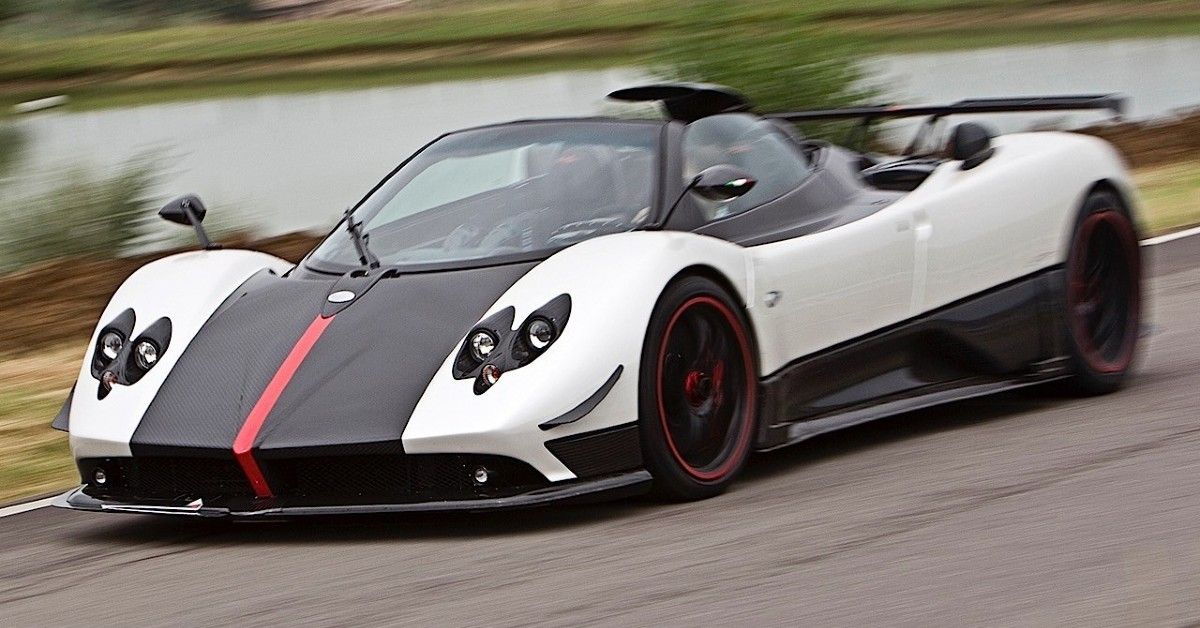
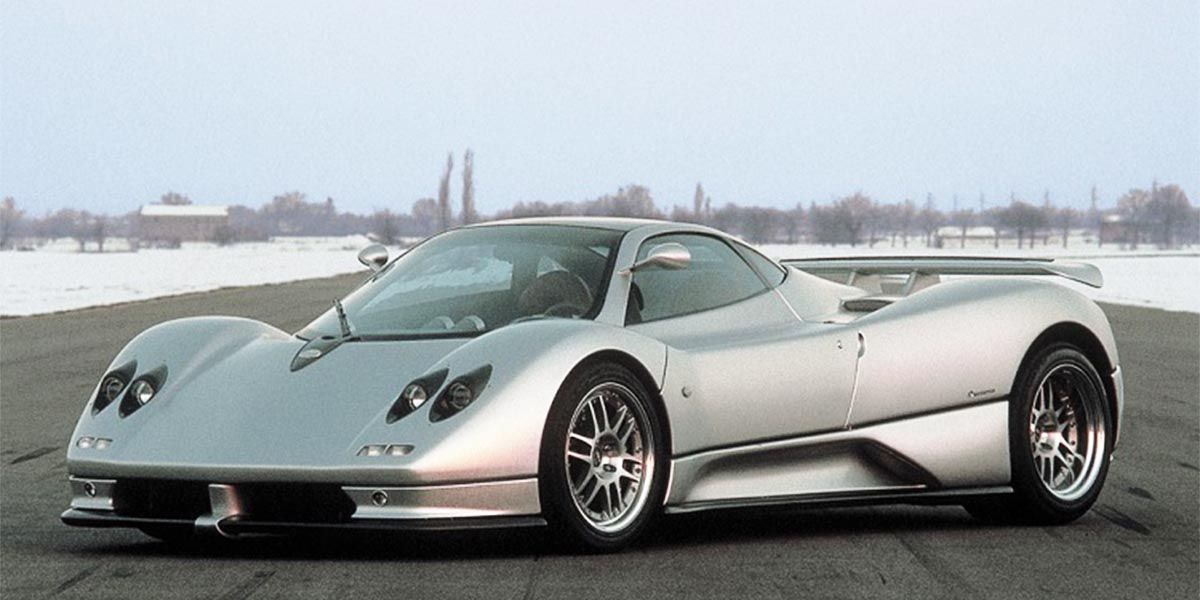
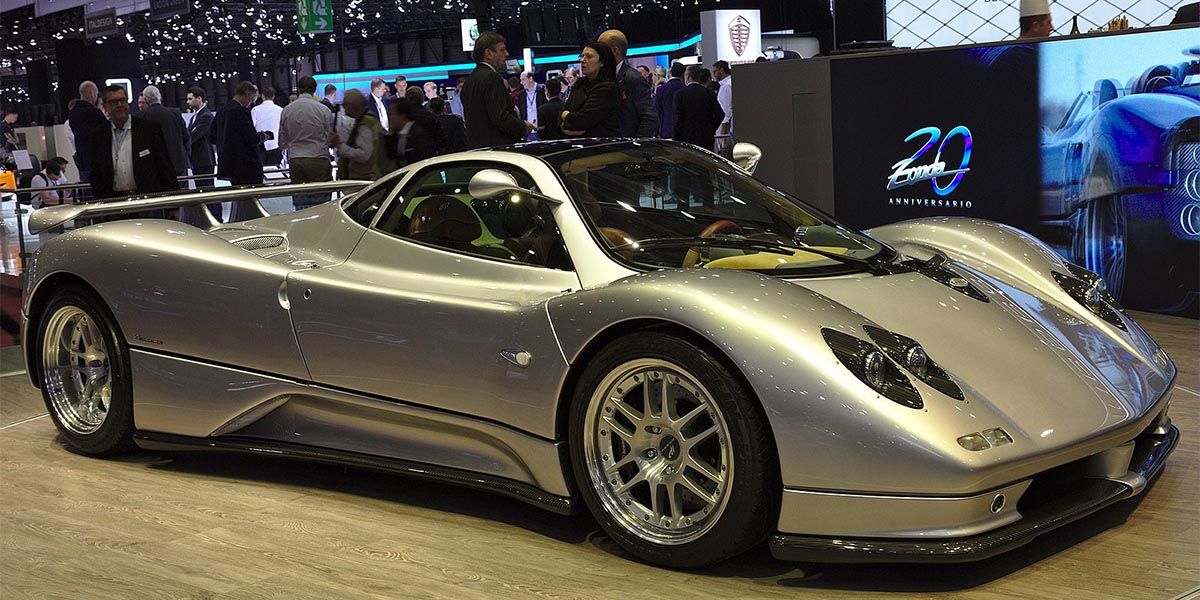
.jpg)
